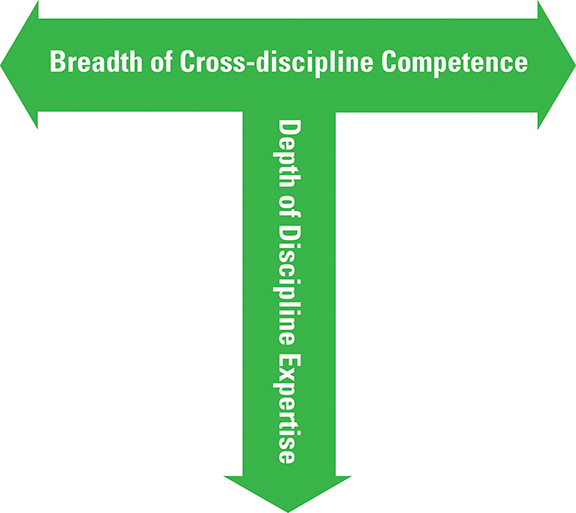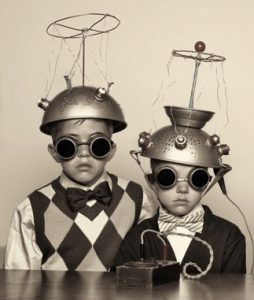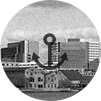Capturing the market on a single screen

Using one screen, advertisers will have to conjure a fully immersive visual, virtual and social experience for consumers.
Advertising optimism is on the rise again, and for good reason. Industry segments are hiring again, advertisers and their agencies are regaining budgets, consumer confidence is growing, and the mass adoption of advanced television and entertainment consoles may very well yield the next great surge of creative advertising and media marketing.
We’re heading into uncharted territory, where new mediums will finally marry the benefits of web and broadcast television advertising and revolutionize the kind of creative content we can provide for our clients. This new generation of technology, such as Smart TVs and next-generation gaming/entertainment consoles, should signal a golden age for marketers — particularly strategic- and creative-focused agencies such as ours.Read full post...

































